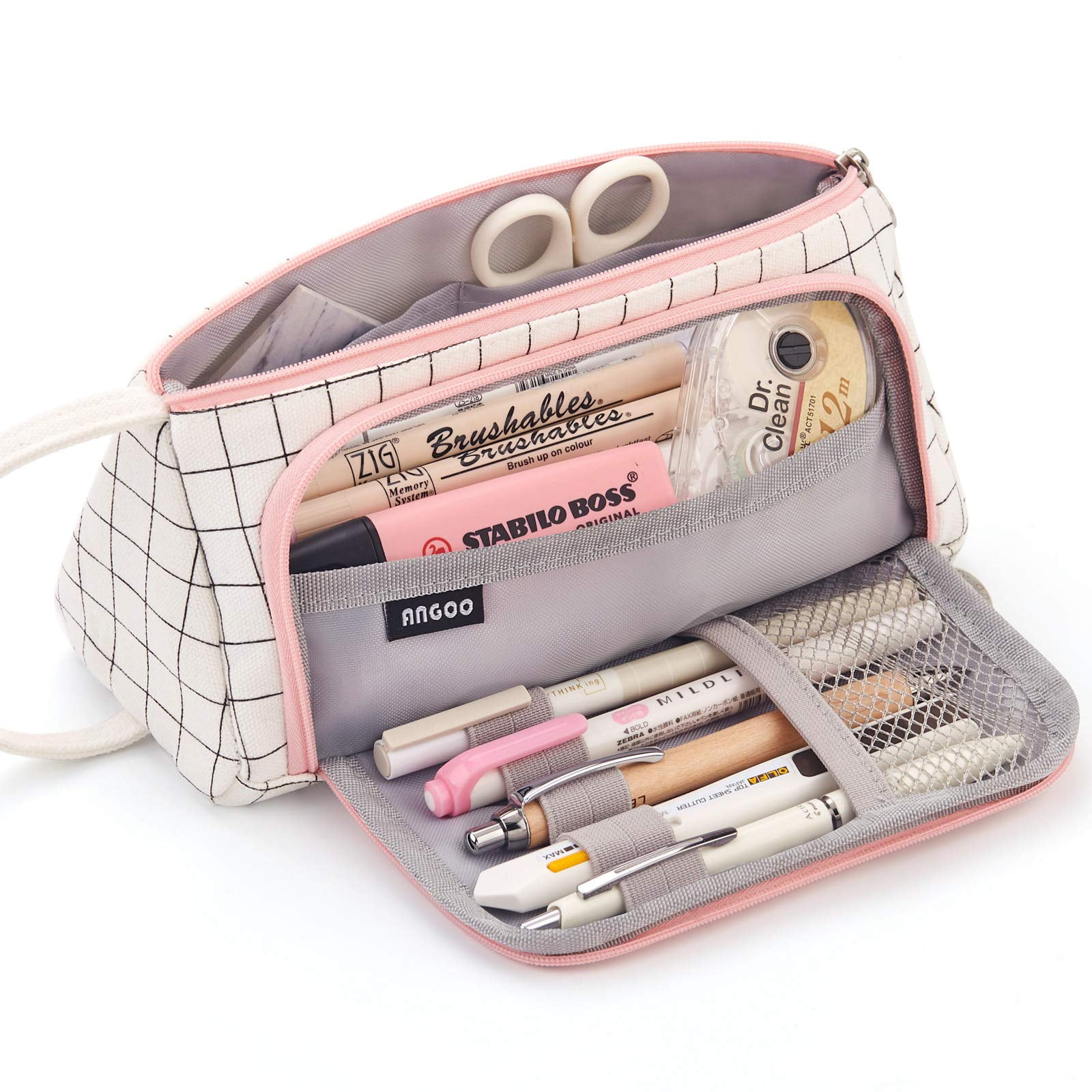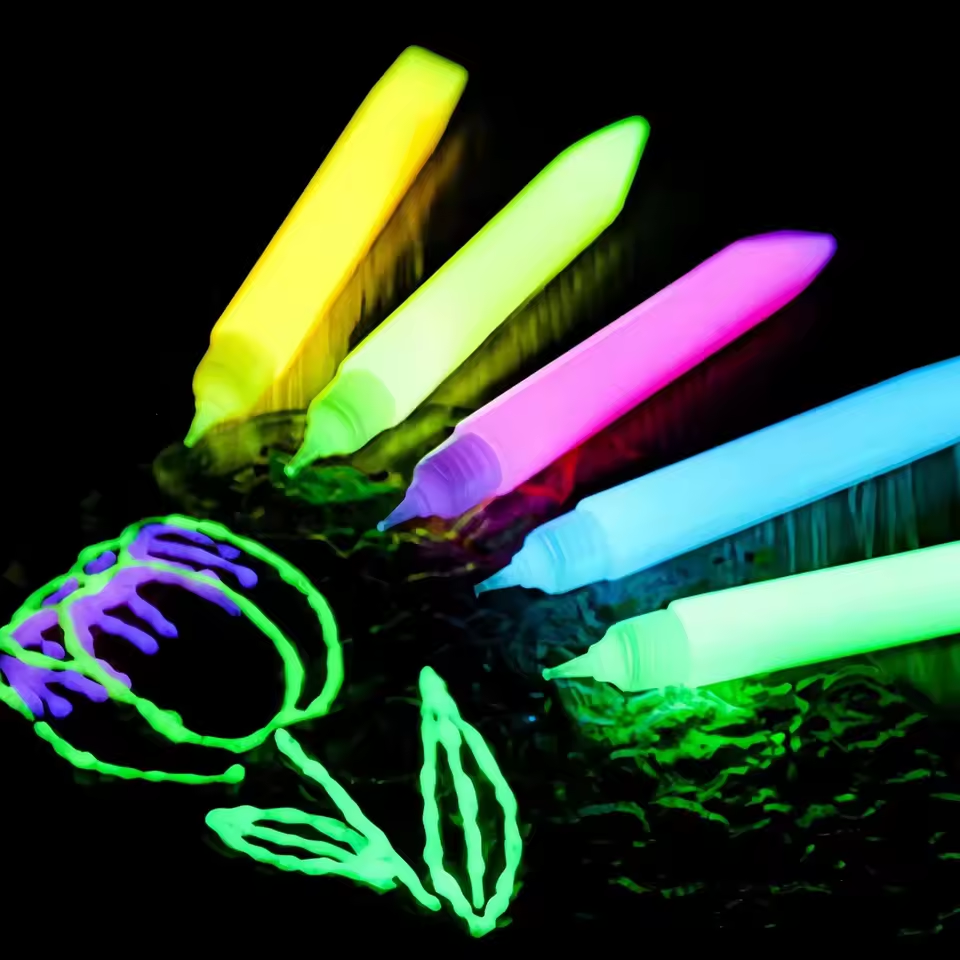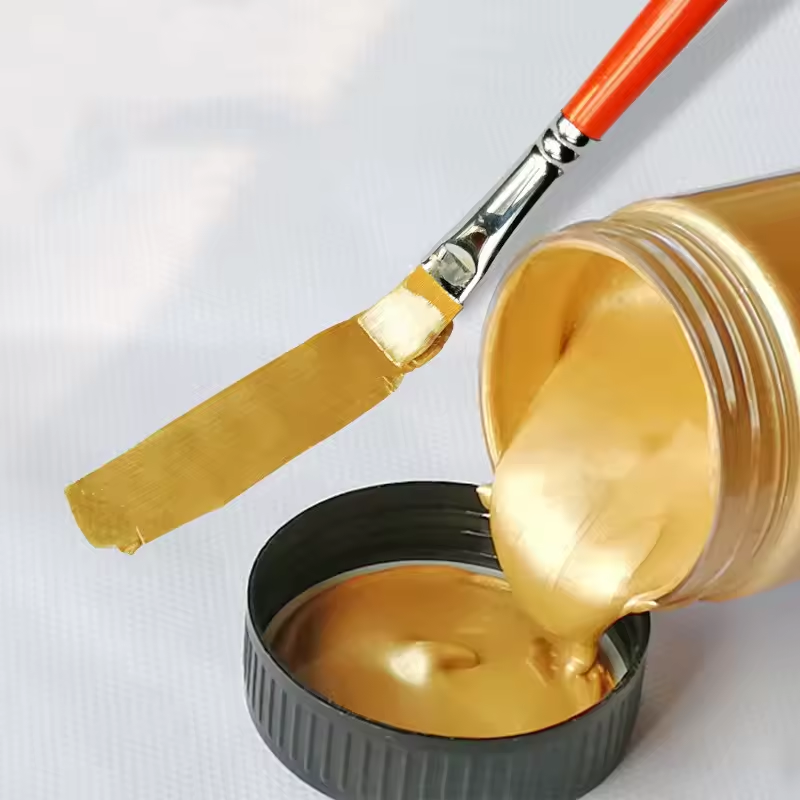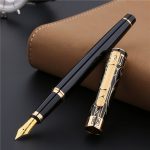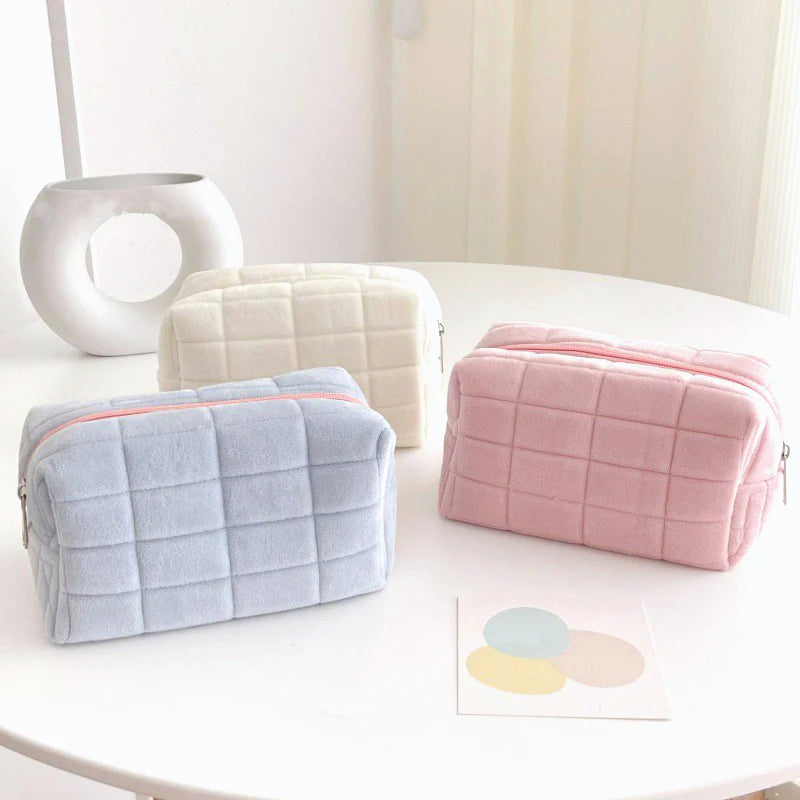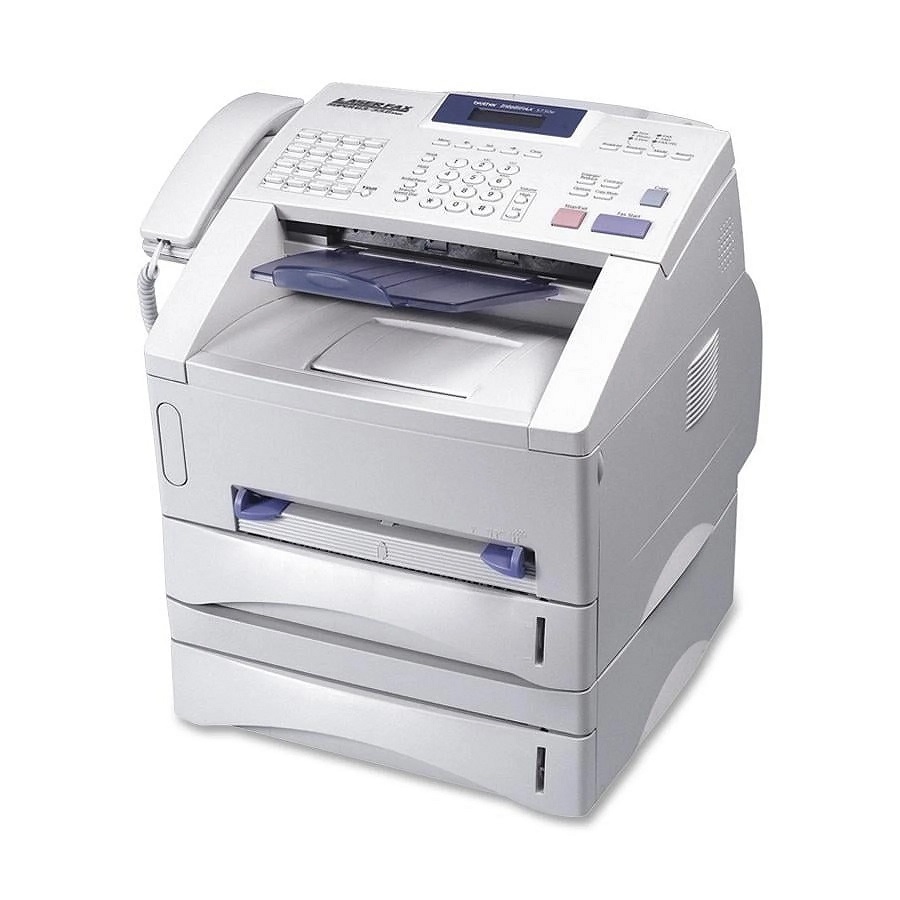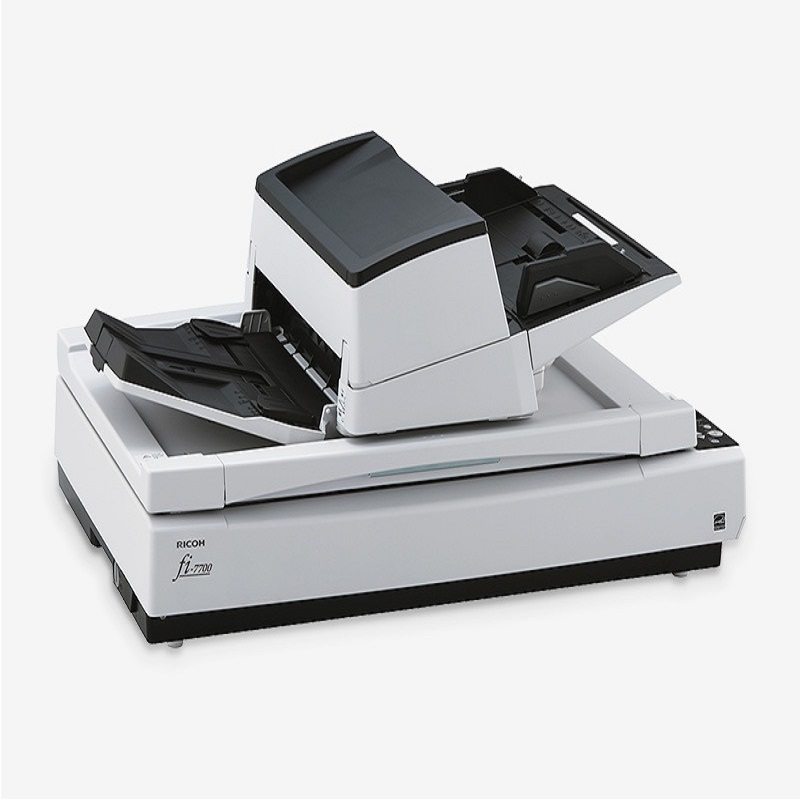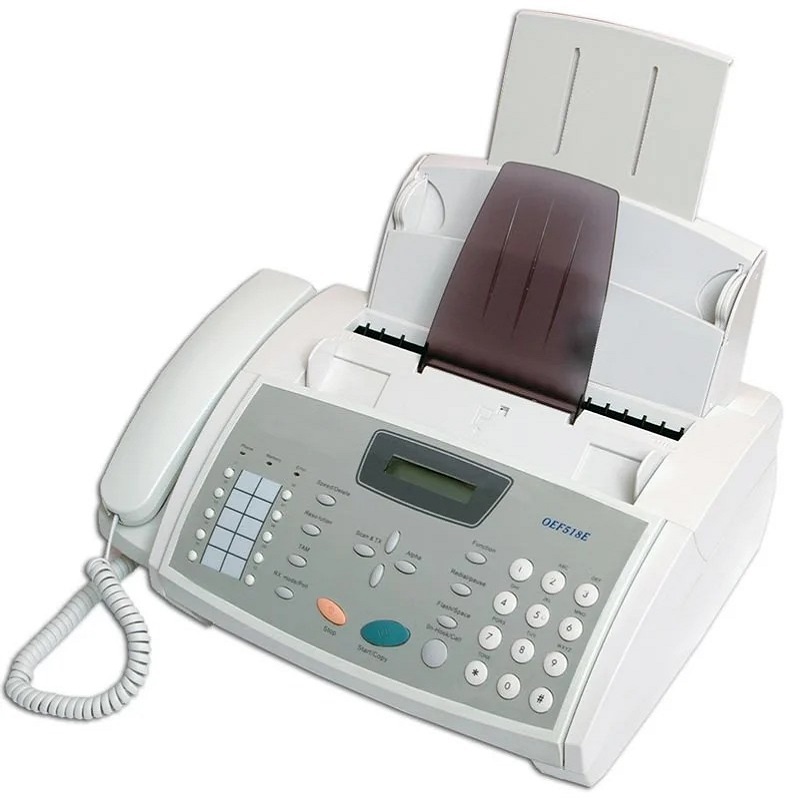Pencil case are an essential item for anyone who uses writing or drawing utensils on a regular basis. Whether you’re a student, an artist, or an office worker, having a good pencil case can make a world of difference in keeping your tools organized and easily accessible. With so many options available on the market, it can be overwhelming to choose the right one for your needs. This guide will help you navigate the process of selecting the perfect pencil case, taking into consideration factors such as size, material, and design.
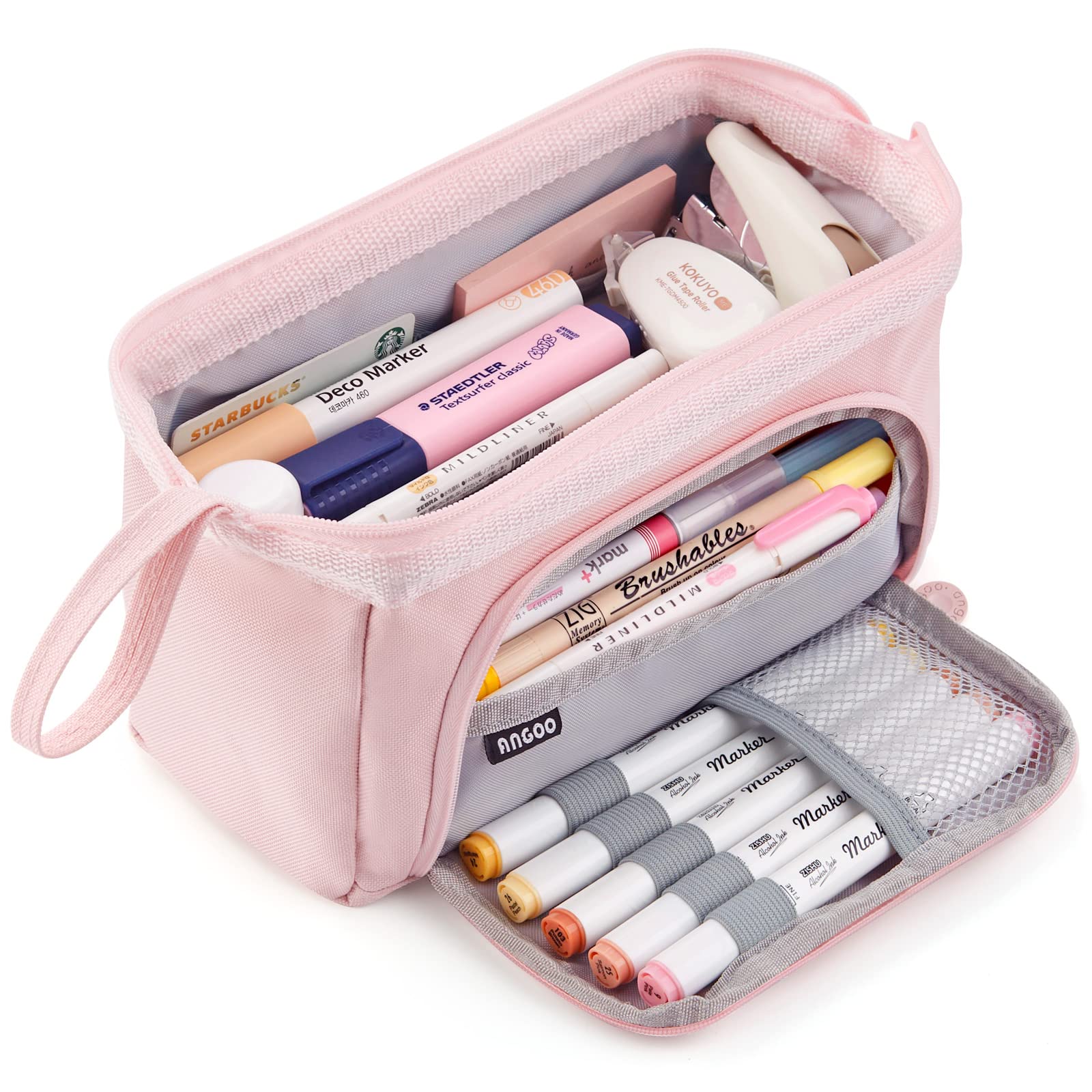
Consider Your Needs
The first step in choosing a pencil case is to consider your specific needs. Think about how many pencils, pens, markers, and other tools you typically use on a daily basis. If you have a large collection of writing utensils, you may need a larger pencil case with multiple compartments. On the other hand, if you only carry a few essentials, a smaller, more compact pencil case may be sufficient. It’s also important to consider the types of tools you use – for example, if you use a lot of colored pencils, make sure the pencil case you choose has enough room to accommodate them.
Size and Capacity
Once you’ve determined your needs, it’s time to think about the size and capacity of the pencil case. If you travel frequently or need to carry your pencil case in a backpack or purse, you’ll want to choose a size that fits comfortably in your bag without taking up too much space. On the other hand, if you primarily use your pencil case at a desk or workstation, you may have more flexibility in terms of size. Keep in mind that a larger pencil case can hold more tools, but it may also be bulkier and more difficult to transport.
Material and Durability
The material of the pencil case is another important factor to consider. Pencil cases come in a wide range of materials, including fabric, leather, plastic, and metal. Each material has its own advantages and disadvantages. Fabric pencil cases are lightweight and flexible, making them easy to carry and store, but they may not be as durable as other materials. Leather pencil cases are stylish and durable, but they may be more expensive and heavier to carry. Plastic and metal pencil cases are extremely durable and offer excellent protection for your tools, but they may be less comfortable to carry and may not have as much flexibility as fabric or leather cases.
Design and Organization
The design of the pencil case is also an important consideration. Some pencil cases have a simple, open-top design, while others have zippered closures or snap closures to keep contents secure. Some pencil cases have elastic loops or pockets to hold individual pens or pencils, while others have larger compartments to hold a variety of tools. Think about how you prefer to organize your tools and choose a pencil case that offers the right level of organization for your needs. Additionally, consider the overall aesthetic of the pencil case – if style is important to you, look for a case that reflects your personal taste and complements your other accessories.
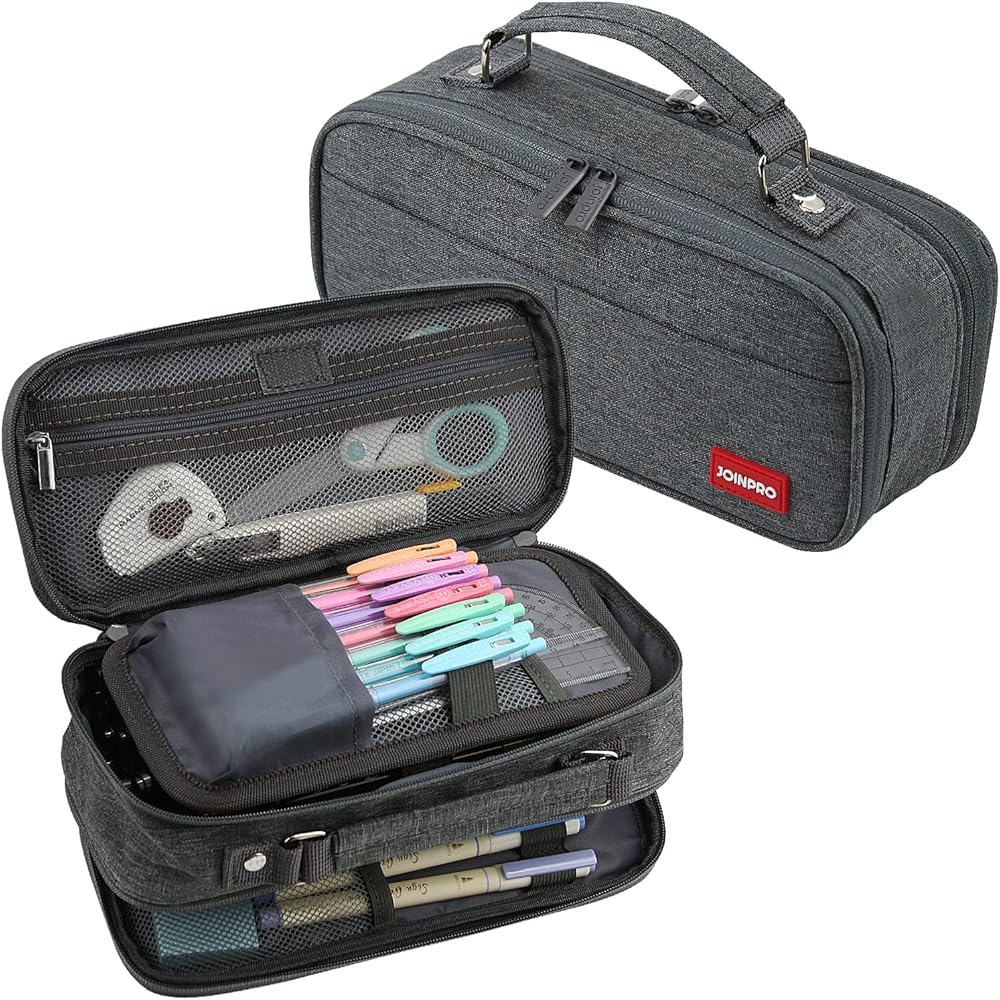
Additional Features
Finally, consider any additional features that may be important to you. Some pencil cases have built-in sharpeners, erasers, or rulers, which can be convenient if you frequently need these tools. Some pencil cases are water-resistant or have reinforced edges to protect contents from damage. Others have handles or straps for easy carrying. Think about any extra features that would make your pencil case more functional and convenient for your specific needs.
How to use the pencil case
A pencil case is an essential tool for students, artists, and anyone who needs to keep their writing and drawing supplies organized and readily accessible. However, simply having a pencil case is not enough – you need to know how to use it effectively.
Organizing Your Supplies
The first step to using a pencil case effectively is to organize your supplies in a way that works for you. Since pencil cases come in various sizes and styles, it’s important to consider how you will be using it and what supplies you will need to carry. For example, if you are a student, you may need to carry pens, pencils, highlighters, erasers, and a small ruler. On the other hand, if you are an artist, you may need to carry different types of pencils, markers, a sharpener, and an eraser.
Once you have identified the supplies you need to carry, it’s time to arrange them in your pencil case. Consider using smaller containers or pouches within your pencil case to further organize your supplies. For example, you can use a small pouch to hold your pens and another one to hold your pencils. This will not only help keep your supplies organized but also prevent them from getting lost or damaged.
Maximizing Portability and Functionality
Another important aspect of using a pencil case effectively is to maximize its portability and functionality. This means choosing a pencil case that is compact enough to fit into your bag or backpack without taking up too much space. Look for a pencil case with multiple compartments, pockets, or loops that will allow you to store and access your supplies easily.
Consider the materials and construction of your pencil case as well. A sturdy and durable pencil case will protect your supplies from getting damaged, especially if you carry it around in a bag with other items. Additionally, opt for a pencil case with a secure closure, such as a zipper, to prevent your supplies from falling out or getting lost.

Maintaining Your Pencil Case
Using a pencil case effectively also involves maintaining it regularly. Make it a habit to clean out your pencil case every month or so to remove any old, dried-out pens or markers, as well as any loose eraser shavings or pencil lead. This will not only keep your pencil case organized but also prevent your supplies from getting dirty or damaged.
You can also consider adding labels or color-coding your supplies to make it easier to find what you need quickly. For example, you can use different colored tape or stickers to label your pens, pencils, and markers, or use different colored pouches for different types of supplies.
Advantages of pencil case
Pencil cases have been a staple in the lives of students and professionals for many years. They serve as portable storage for various writing utensils, and they come in a variety of shapes, sizes, and designs. From children in elementary school to adults in the workplace, pencil cases play an essential role in keeping our writing tools organized and accessible.
Organization and Accessibility
One of the primary advantages of a pencil case is its ability to keep writing utensils organized and readily accessible. Without a pencil case, pens and pencils can easily become scattered across desks, backpacks, or handbags, leading to a disorganized and frustrating experience when trying to find the right tool for the job. A pencil case provides a designated space for storing pens, pencils, erasers, and other writing implements, making it much easier to locate and retrieve the desired item when needed. This organizational benefit not only saves time but also promotes a sense of order and efficiency in our daily tasks.
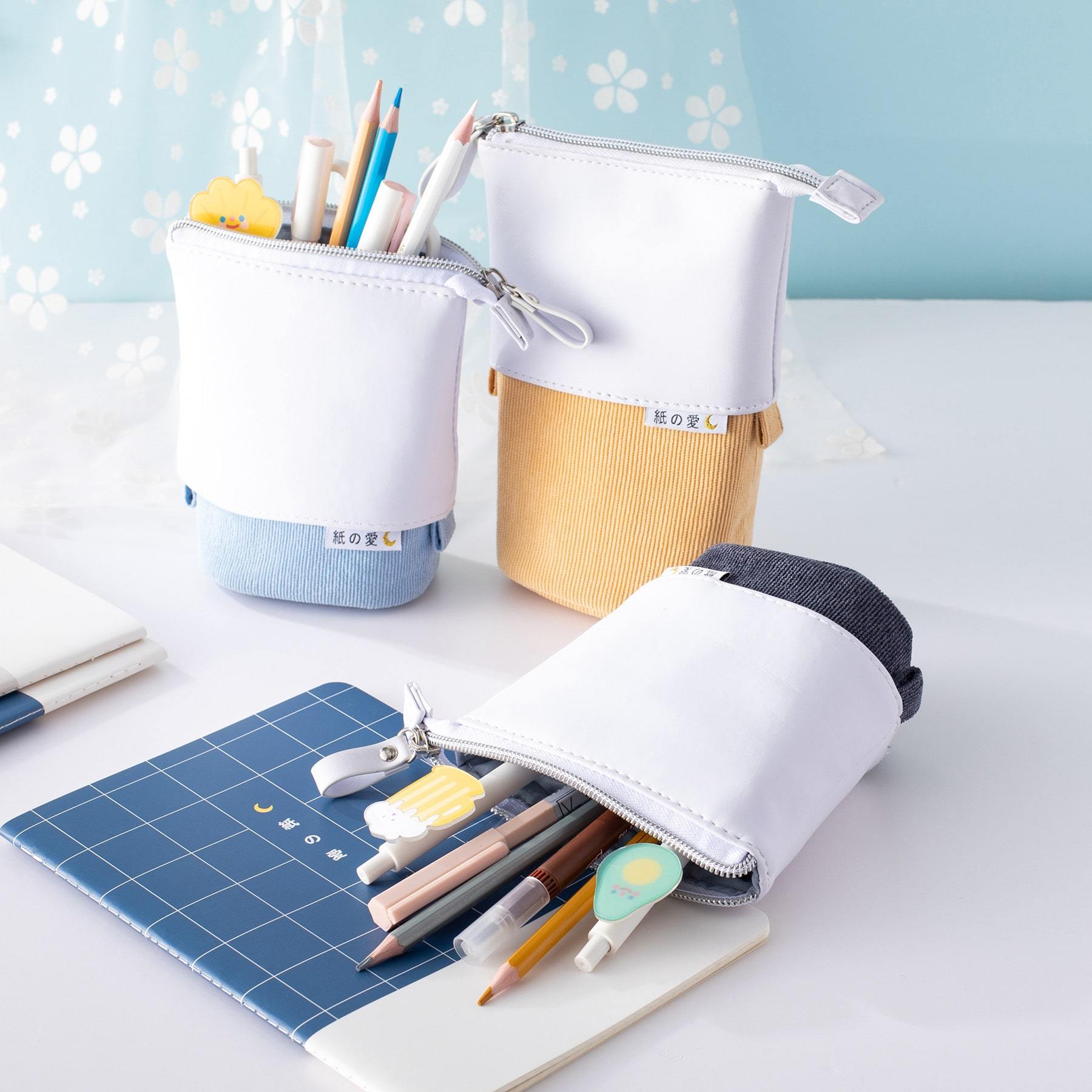
Protection and Durability
Another advantage of using a pencil case is the protection and durability it offers to writing utensils. When stored without proper protection, pens and pencils can easily become damaged or broken, leading to a frustrating and wasteful experience. A pencil case provides a safe and secure environment for these tools, shielding them from potential damage caused by impact, pressure, or exposure to other objects in a bag or backpack. Additionally, many pencil cases are made from durable materials such as canvas, leather, or plastic, adding an extra layer of protection to the contents within. This protection and durability ensure that writing utensils remain in good condition and ready for use when needed.
Conclusion
Choosing the perfect pencil case is a matter of considering your individual needs and preferences. By thinking about factors such as size, material, design, and additional features, you can select a pencil case that is both practical and enjoyable to use. With the right pencil case, you can keep your writing and drawing tools organized and accessible, making it easier to focus on your creativity or productivity. Take the time to explore your options and find a pencil case that suits your style and meets your needs – you’ll be glad you did.
